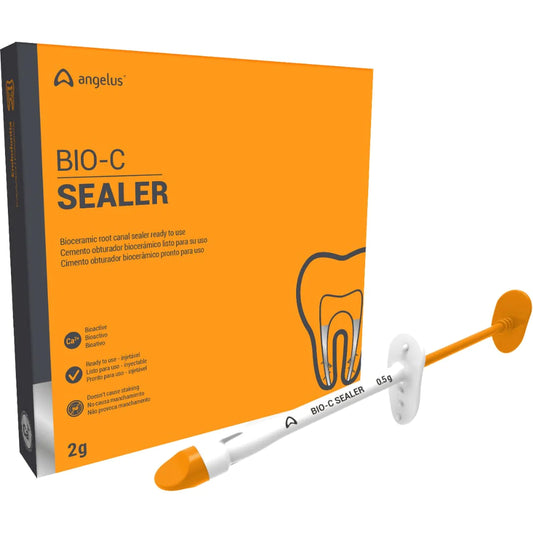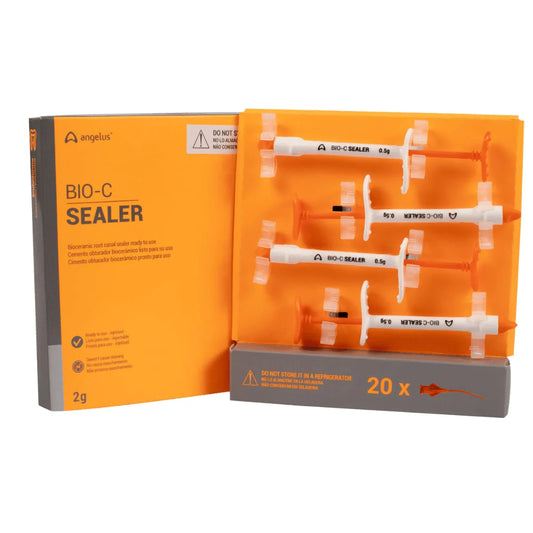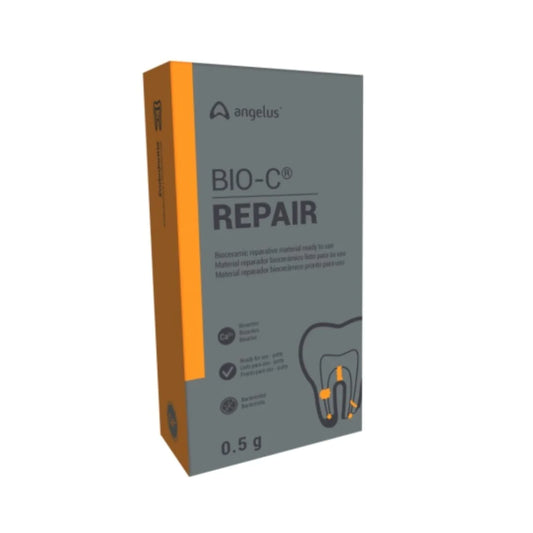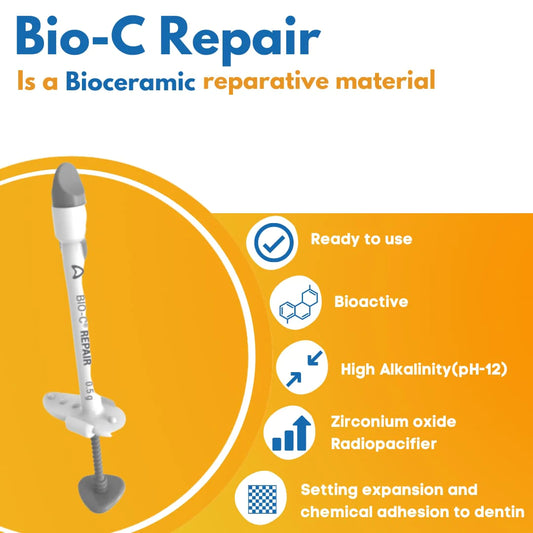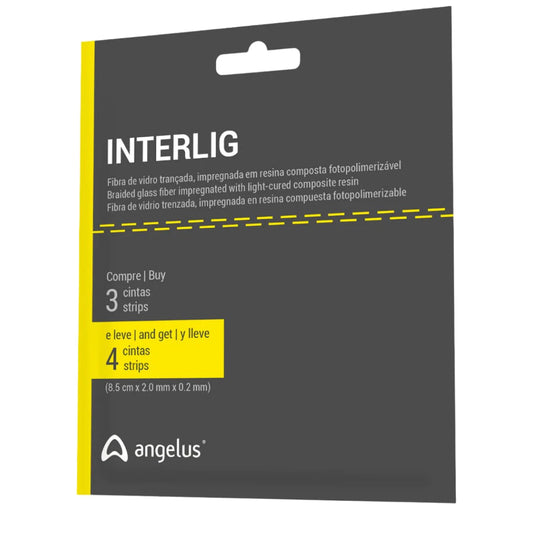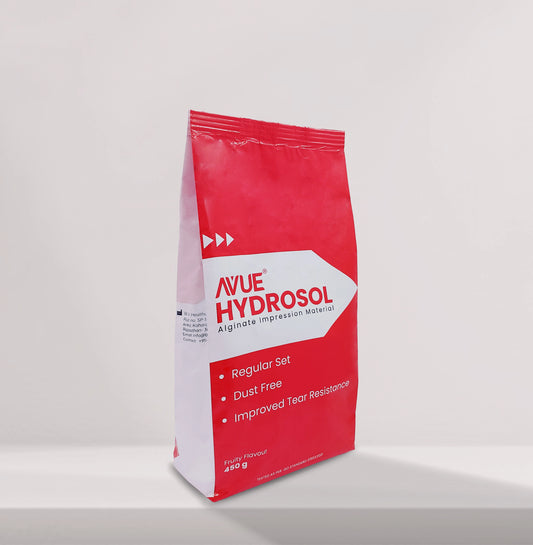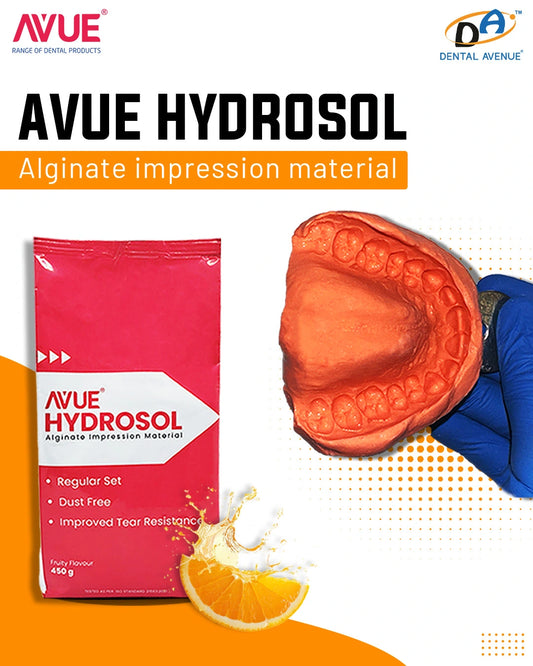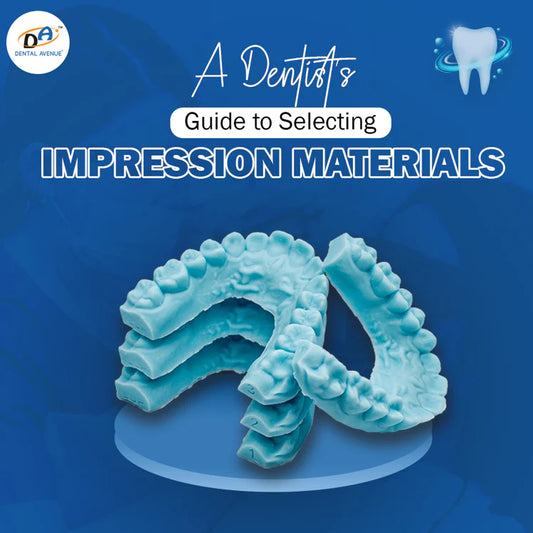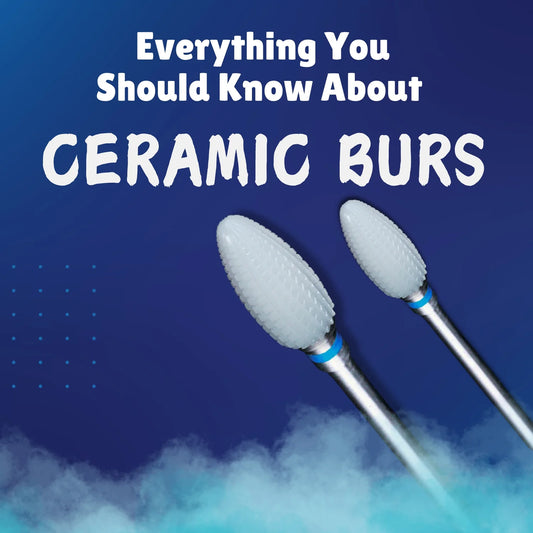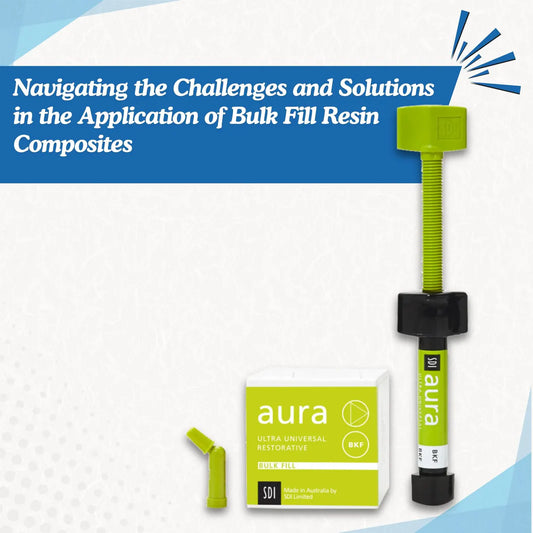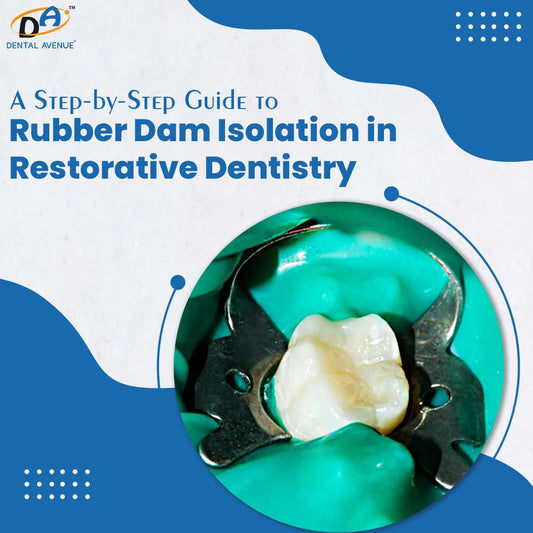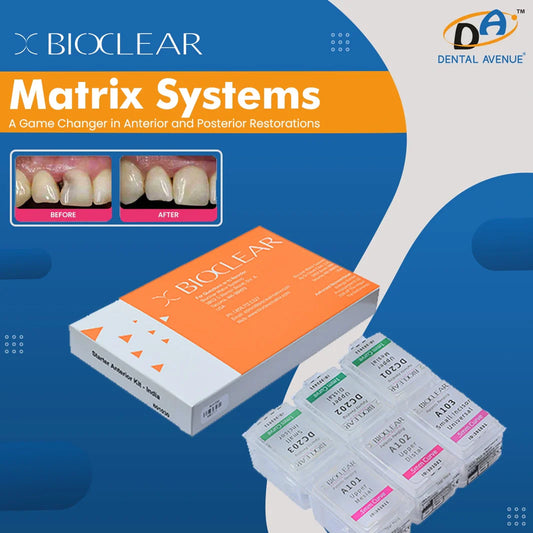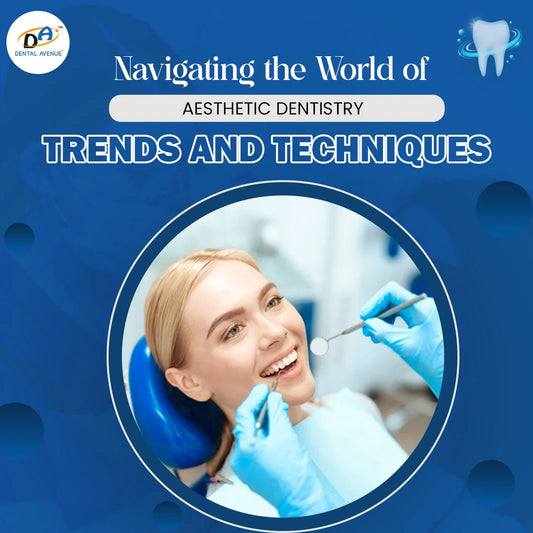Dental burs are crucial instruments used in modern dentistry to remove decayed portion of teeth and to shape tooth and bone structures, burs comes in different shapes, sizes and materials depending on the type of procedure and manufacturer type. Among these tools Football shape dental burs plays a pivotal role in achieving precise contours and shaping dental surfaces effectively. This article discusses the importance of football burs in dentistry, their distinguishing features, how and when to use effectively to get the desired results.
What are Football Burs?
Football dental burs are specialized designed dental burs used in various procedures such as shaping, preparing and finishing dental restorations. They are particularly useful in preparing and shaping the occlusal surfaces of the teeth and in removing old dental restorations. They are named “football shaped burs” due to its distinctive shape, resembles football. These burs are typically made from high quality materials such as diamond, tungsten carbide a each tailored for specific usages, which ensures durability and predictability during dental procedures.
The Role of Football Burs in Dentistry:
In dental practice, tooth shaping, contouring are necessary for a variety of dental treatments, dental filling preparations, crown placements and esthetic restorative procedures. They feature a tapered football shaped tip and are used to remove old restorations while preserving the healthy surrounding structure of tooth. Their shape enables the dentist to achieve optimal outcomes in dental procedures.
Tips on using Football Burs Dental for Top Results:
Football dental burs comes in different shapes, sizes and materials such as diamond, carbide or gold each tailored to meet the expectations of dentists and specific applications in dentistry.
First and foremost, consider the hardness of the tooth structure. Whether it’s enamel or dentin you’re working on dictates the type of bur needed. Harder materials may require the strength of diamond burs or carbide burs, while softer materials can be worked on with less abrasive burs.
As we touched on throughout this guide to the different types of dental burs, the specific dental procedure being performed greatly influences your selection. For instance, a round bur might be ideal for decay removal, while a tapered bur is better suited for crown preparations.
Further to that point, the end goal of the procedure, whether it's removing material, polishing, or shaping, also determines the choice of bur. Football Finishing burs and polishing burs are different from those used for cutting or excavating.
With any decision you make in your practice, consideration of patient comfort is essential. Burs that reduce vibration and heat can enhance patient comfort, especially in procedures that require extended use of the bur.
Choosing the Right Football shaped Bur:
When selecting the football dental burs, considerations include:
- Size and shape: it usually depends on the type of procedure, shape of the teeth and preference of dental practitioner. Different sizes and shapes of burs enables dentist to achieve smooth transitions between surfaces.
- Material composition:
- Football Diamond burs are generally used for cavity preparations, crown and bridge work, with their superior cutting ability and durability, these burs ensures smooth preparations.
- Football Finishing burs are used for precise finishing and trimming, provides excellent control to operator, allowing refining and shaping of dental restorations.
- Football Gold burs are mainly used for occlusal reduction and preparation
- Compatibility: To ensure the safety during dental procedure and maximize the performance, burs should be compatible with dental hand piece.
Conclusion:
In conclusion, football dental burs plays a pivotal role in modern dental practices by facilitating precise and efficient shaping of dental surfaces. Their unique design and superior cutting properties make them essential tools for achieving the desired results. Dental practitioners benefits significantly from concepts and usages of football shaped burs, which improves their ability to provide high quality dental treatment.
FAQ’S
What makes Football Burs different from other dental burs?
Football burs differ primarily in their shape and applications in dentistry, unlike round burs are used for initial cavity preparation, flame shaped burs are used to remove tooth material and prepare cavities, tapered fissure burs are helpful in reaching difficult to reach areas such as inter-proximal spaces between teeth, football shaped burs excel in creating smooth convex surfaces and delicate adjustments such as precise and fine adjustments of composite restorations and occlusal preparations.
How often should Football Burs be replaced?
Replacement of burs should be depending on various factors such as:
To maximize the effectiveness and lifespan of dental burs, consider various maintenance tips:
- Proper Cleaning: Residual material on burs can affect their cutting efficiency and lifespan. Cleaning should be done promptly after use to prevent the hardening of debris.
- Sterilization Process: All reusable dental burs must be properly sterilized between patients to prevent cross-contamination. Following the manufacturer’s guidelines for sterilization is crucial. Most burs can be autoclaved, but specific instructions regarding temperature and time should be adhered to.
- Regular Inspection: Dull, chipped, or damaged burs can compromise the quality of work and patient safety. Burs showing signs of excessive wear should be replaced promptly.
- Storage: Burs should be stored in a way that prevents damage and contamination. Organized storage solutions can also improve efficiency by making burs easily accessible during procedures
Why are Football Burs preferred for certain shaping procedures?
It’s unique shape and form allows for
- Precise contouring: Smooth blending of margins and contours without sacrificing teeth structure allowing achieving optimal results with ease.
- Enhanced visibility: Better rounded ends helps provides better visibility, which facilitates access to hard to reach areas.
- Reduced Chair-side time: Precise and efficient removal of tooth material and preparation for restorative procedures leads to reduced chair side time, thus provides patient comfort and satisfaction.

